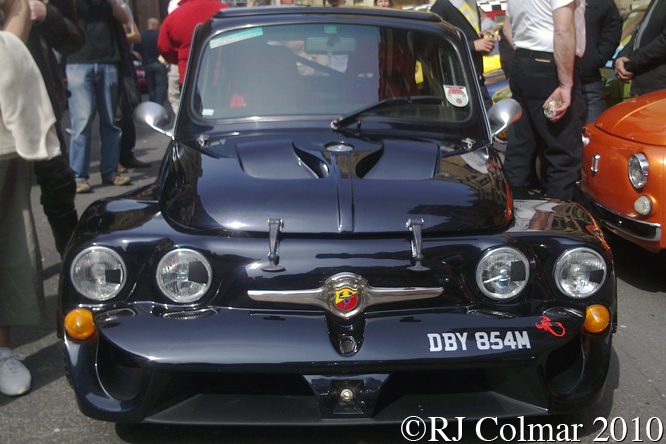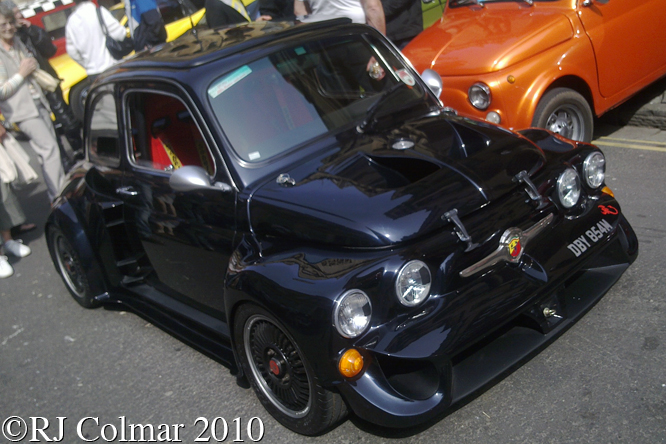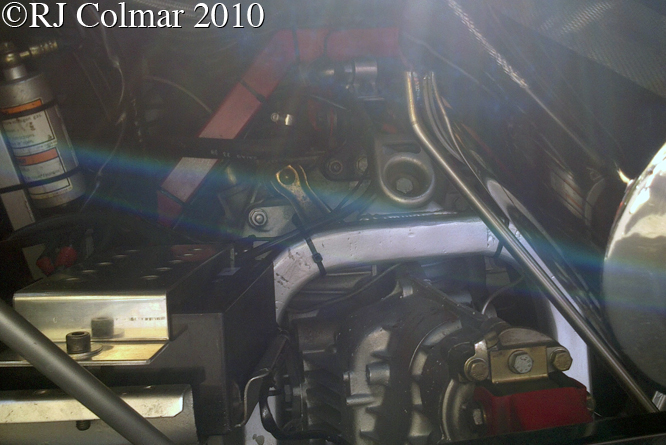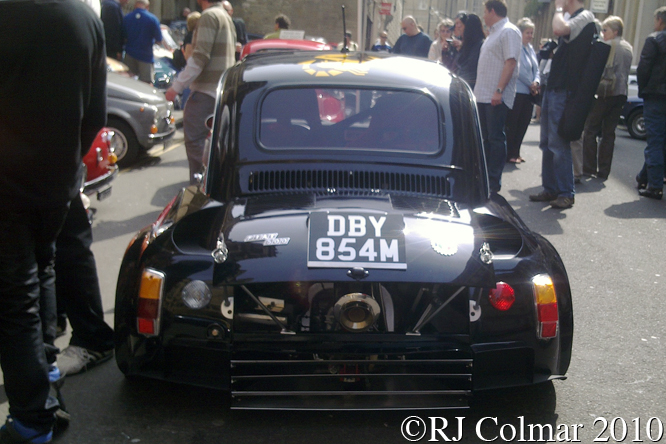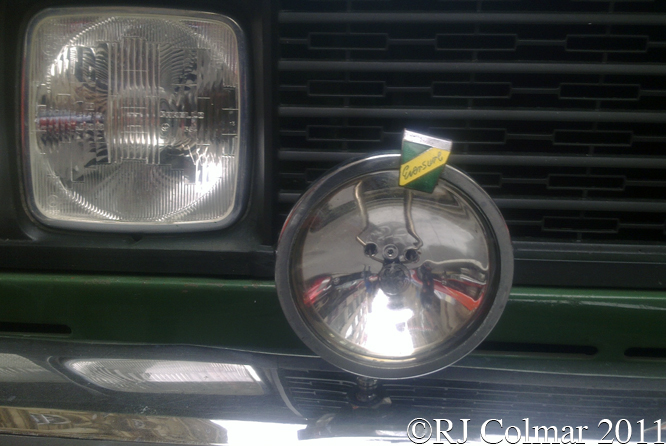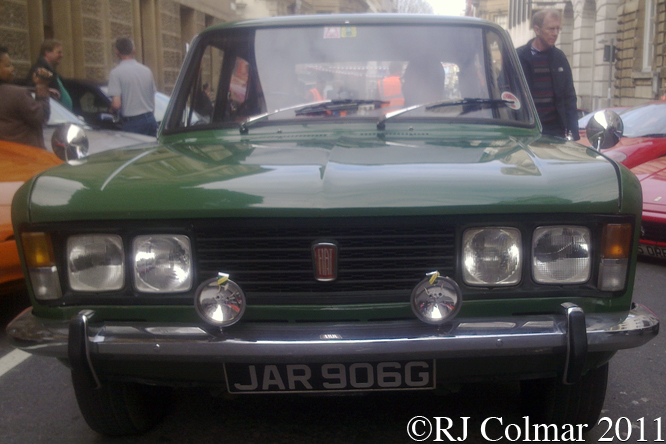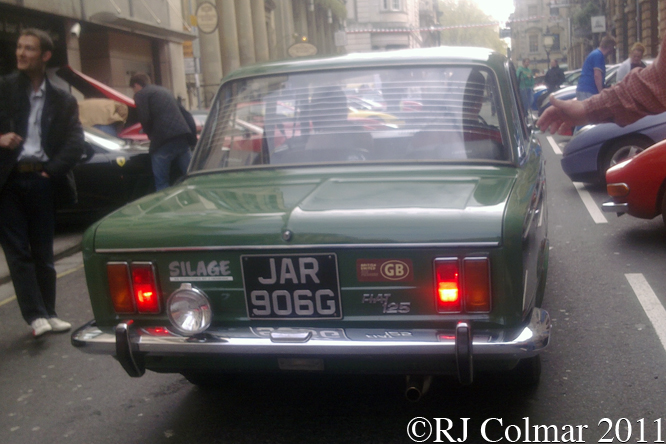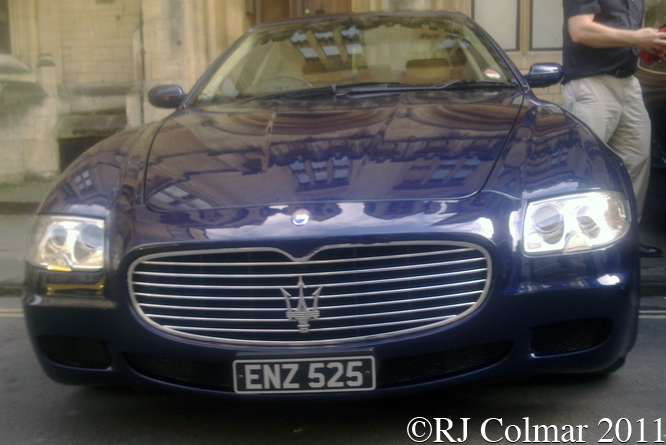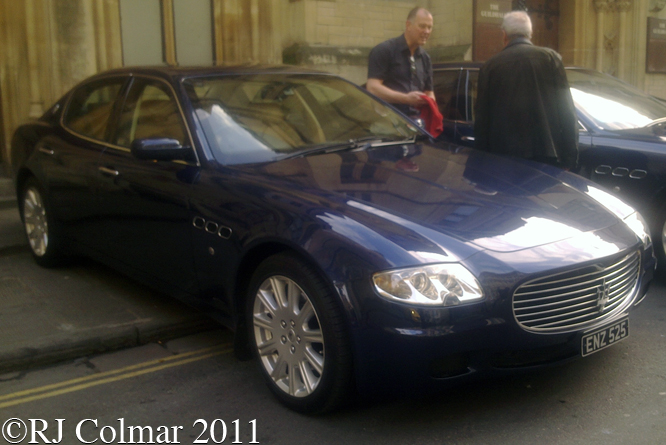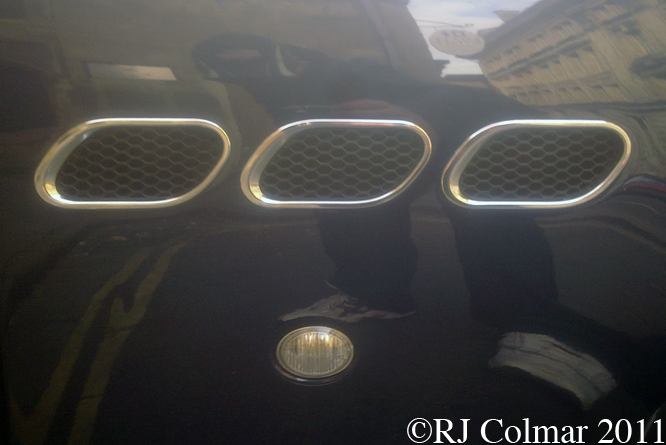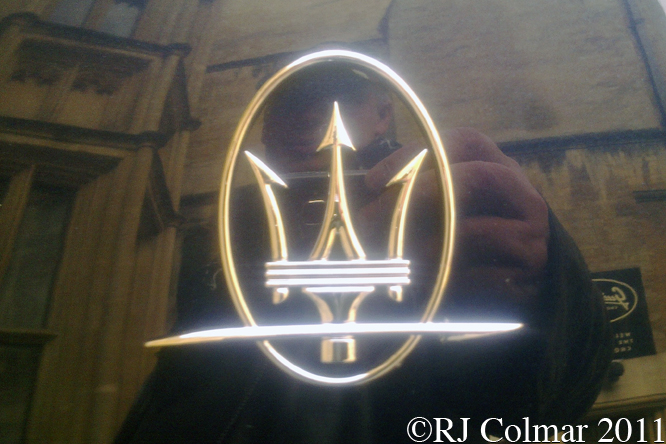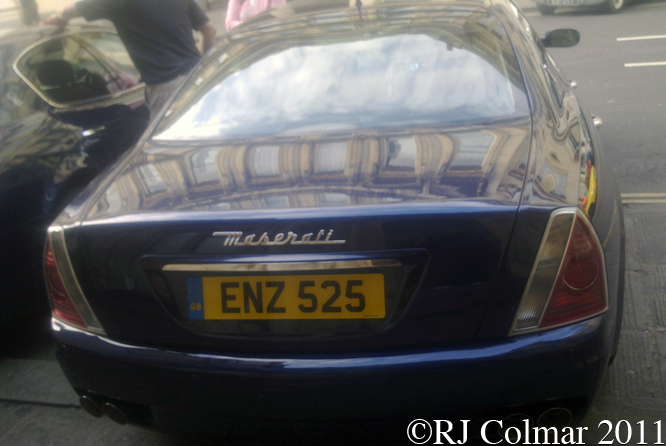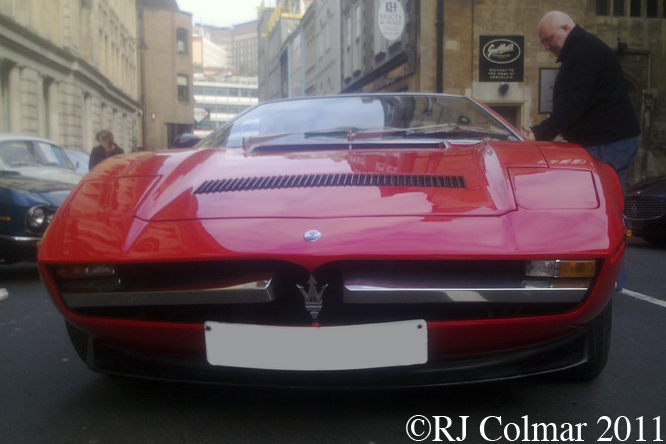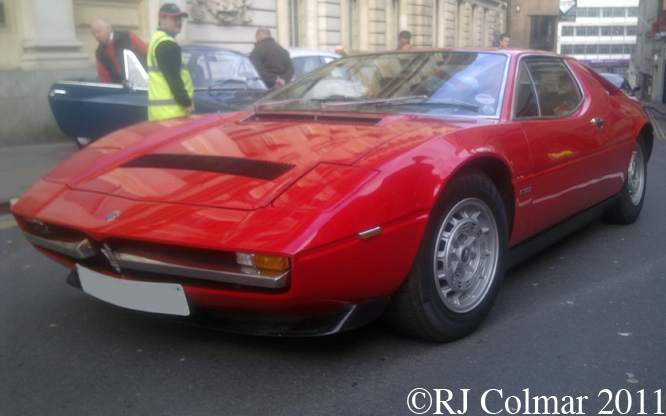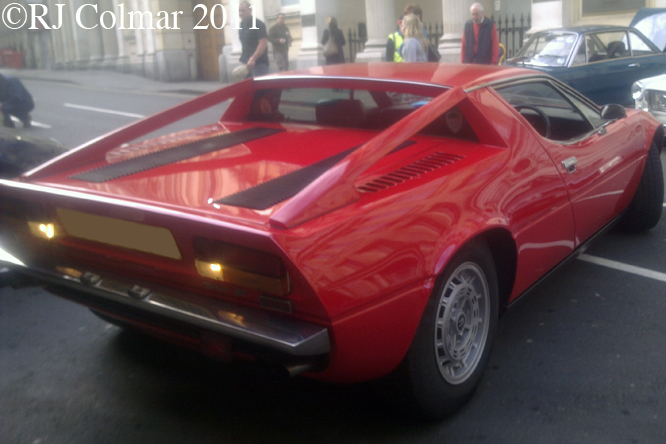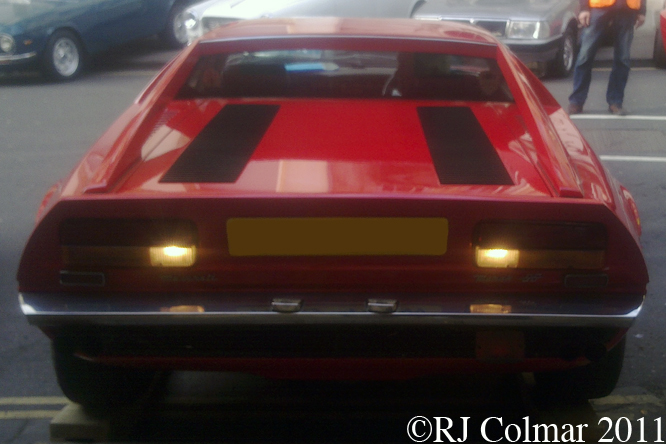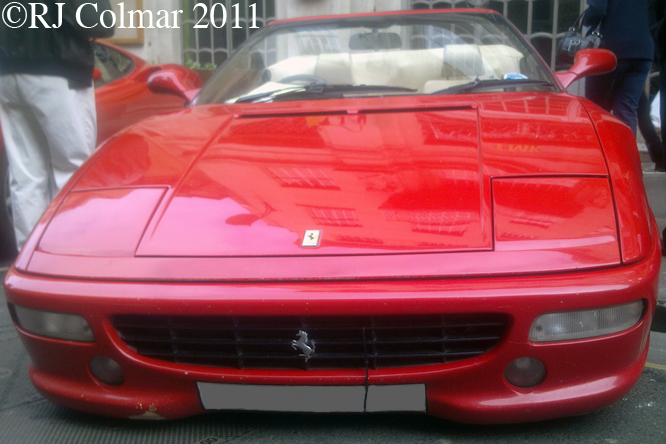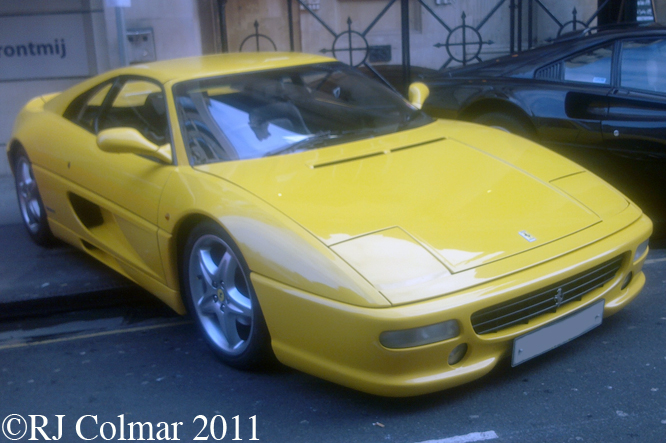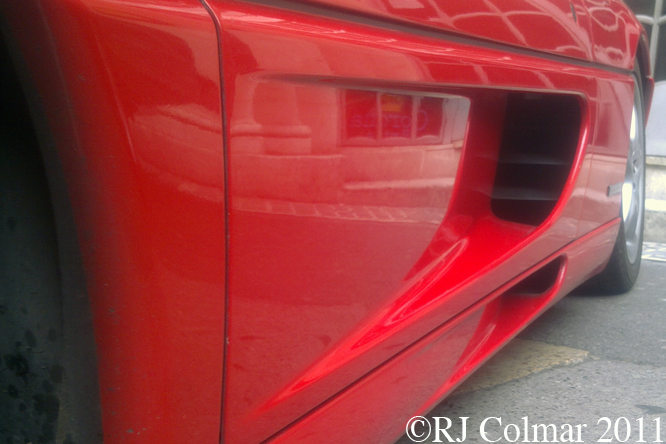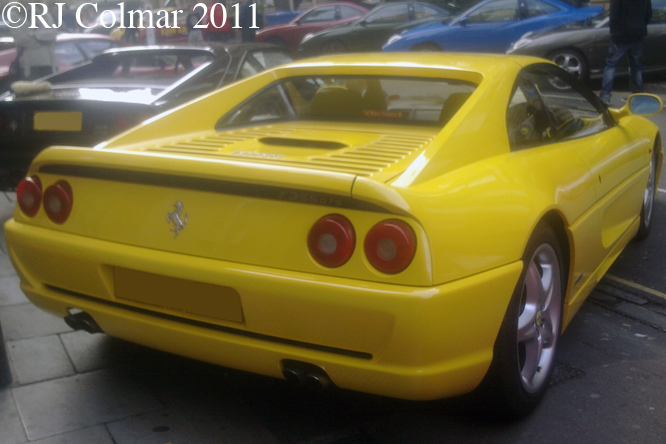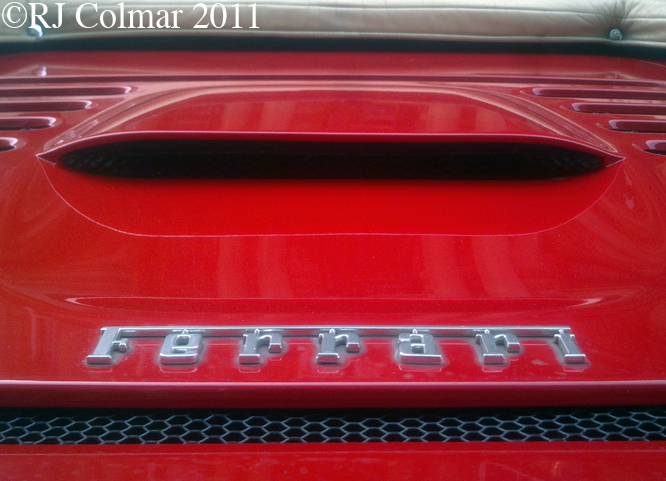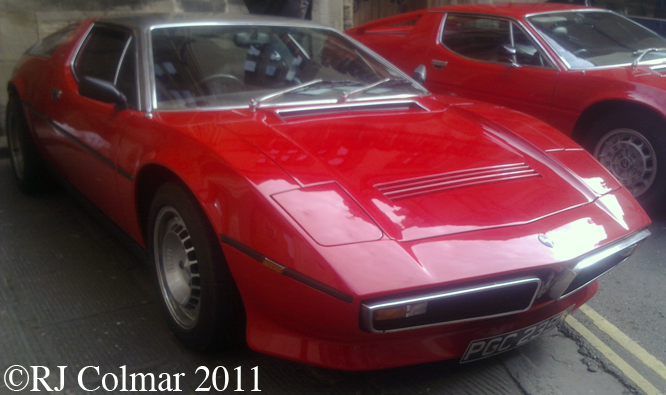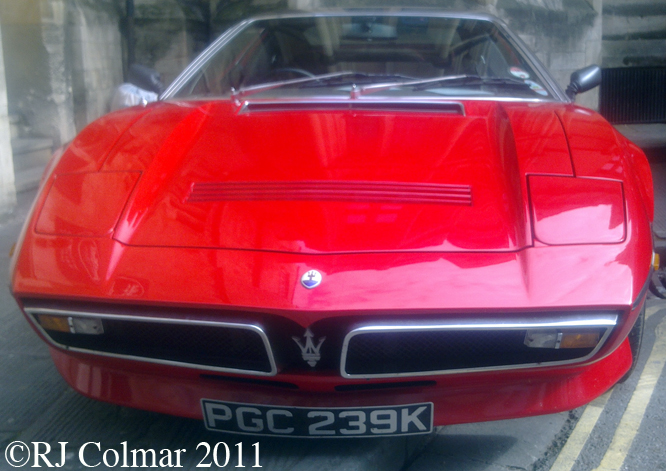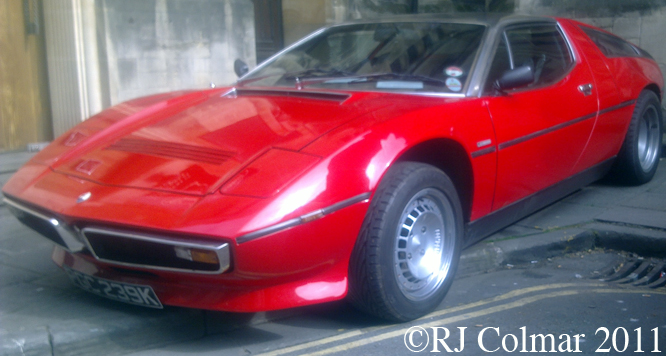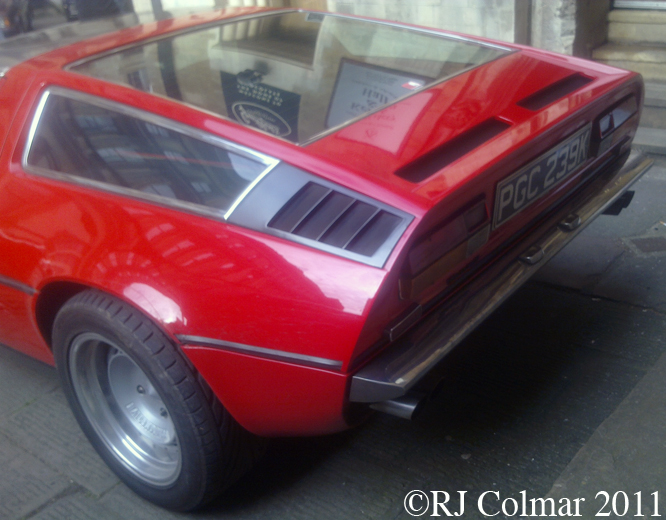In the late 1950’s in order to stabilise the company finances Enzo Ferrari commissioned Pinin Farina to design a coupé suitable for series production.
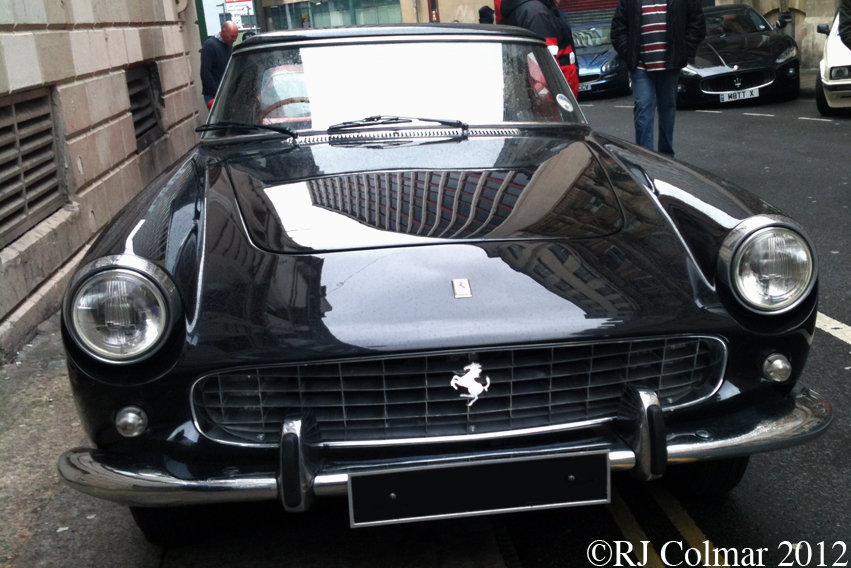
The 250 GT Pininfarina Coupé was launched at the 1958 Milan Motor Show with the last, featuring a superfast tail being shown at the 1961 London Motor Show.
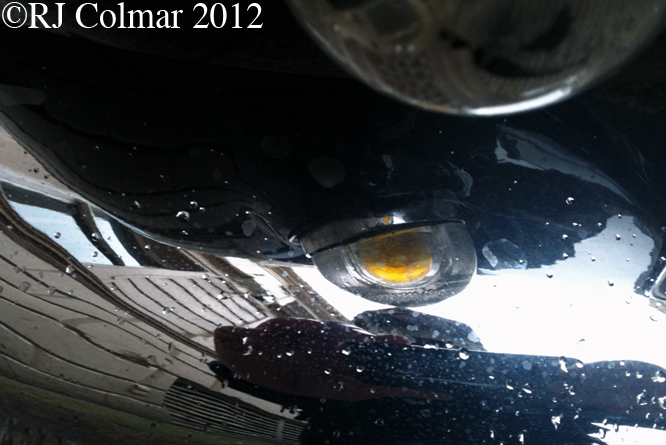
Ferrari 250 GT Pinin Farina (PF) Coupé boasted 240 hp at 7000 rpm from it’s 3 litre / 183 cui V12 which was connected to a four speed gearbox and a live rear axle with semi elliptic leaf sprung suspension. The 250 GT Coupé was capable of 150 mph and rest to 60 mph in less than 7 seconds.
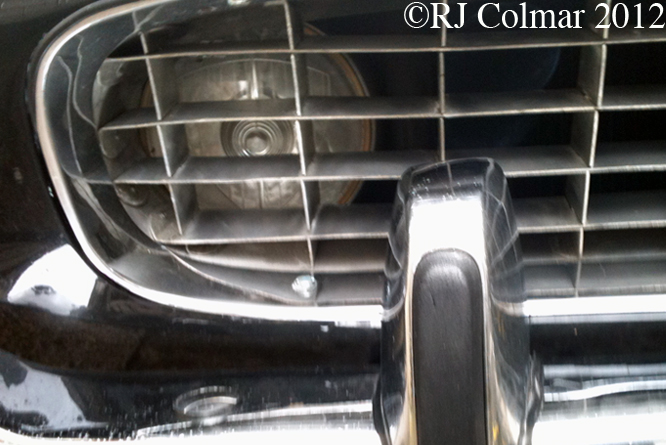
The independent front suspension comprised double wishbones and coil springs and telescopic shock absorbers. Until 1959 drum brakes were used on all four wheels.
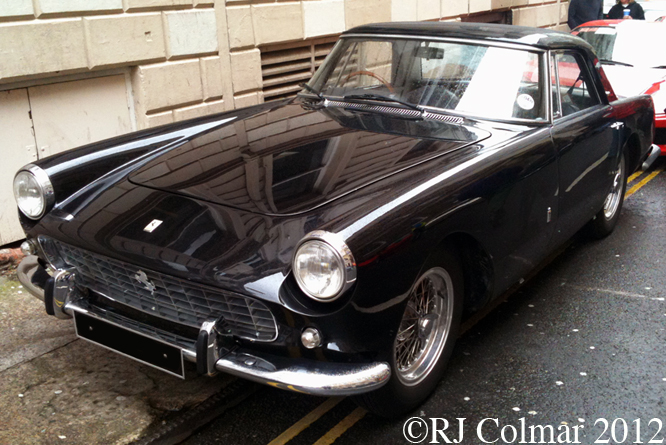
This particular car was one of two delivered from the factory to Tourist Trophy Garages in Farnham Surrey who displayed it at the 1958 London Motor Show at Earls Court.
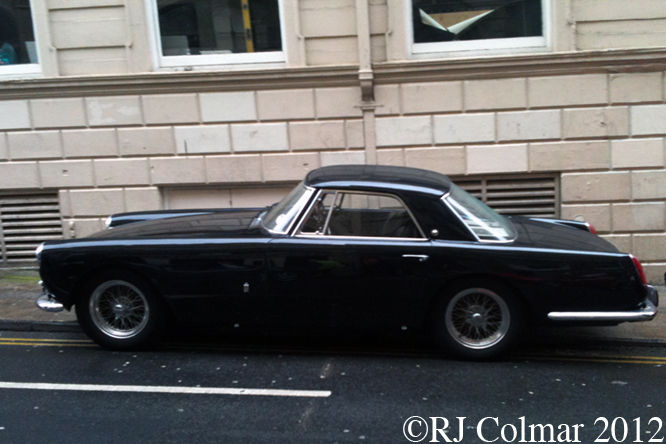
Tourist Trophy Garages belonged to the Hawthorn family who’s son Mike became the first British World Champion driver, driving for Ferrari, in 1958.
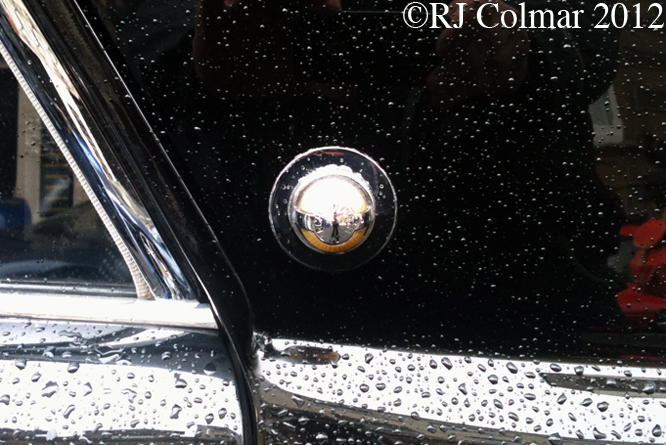
The car seen here was sold to an Irish land owner in 1958 and turned up in a sorry state of repair in the 1980’s at Maranello Concessionaires, which took over the UK Ferrari Franchise after Mike Hawthorn’s death in 1959, who had the car restored. The car has belonged to it’s current owner since 1993.
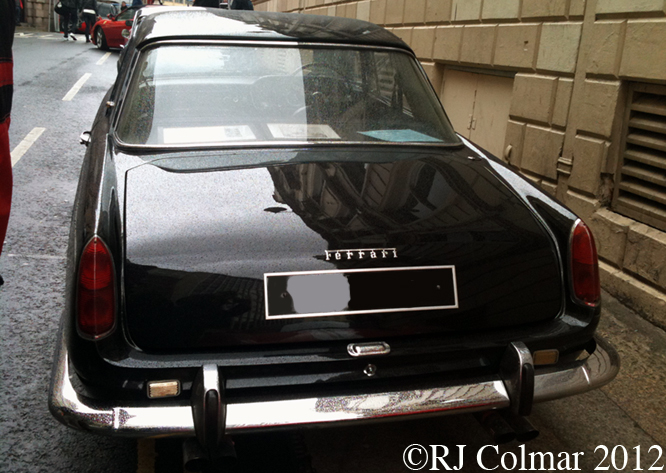
It is thought just over 350 of these cars were built, most of the steel bodies were fitted at a factory purpose built by Pinin Farina, in Ferrari’s terms going into series production for the first time proved a huge success.
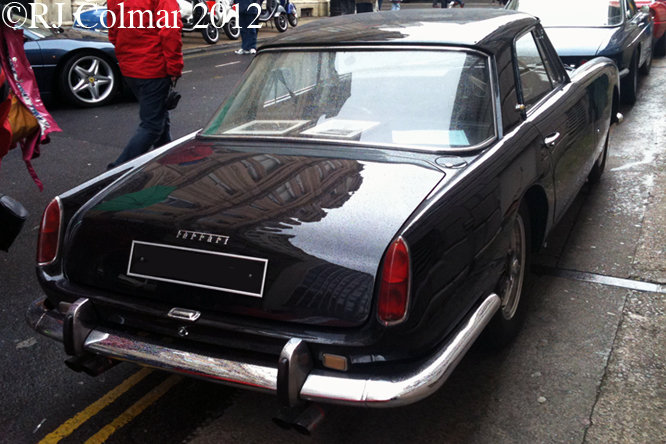
Due to the phenomenal depreciation rates of these cars, many were subsequently cannibalised for parts and some even turned into replica’s of more sought after models, it is thought only half of the production run has survived.
Thanks for joining me on this ‘Financial Stabiliser’ edition of “Gettin’ a li’l psycho on tyres’ I hope you will join me again tomorrow when I’ll be featuring a Lotus 77 Grand Prix car. Don’t forget to come back now !
